fantasy maple
fishoifc
15 years ago
Related Stories

FUN HOUZZHouzz Call: Tell Us About Your Dream House
Let your home fantasy loose — the sky's the limit, and we want to hear all about it
Full Story
TASTEMAKERSWendell Castle: Father of the American Studio Furniture Movement
Bridging high art and smart function, Wendell Castle's unforgettable furnishings resonate with collectors and design mavens
Full Story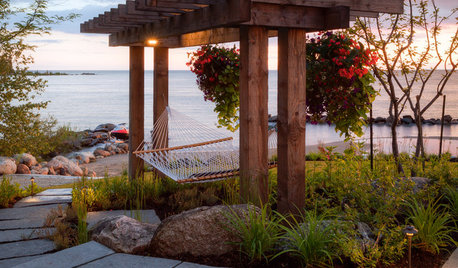
GARDENING AND LANDSCAPINGThe Most Popular Outdoor Living Photos of 2015
See 20 ways to transform your yard into a whimsical, wonderful outdoor oasis
Full Story
HOUZZ TOURSHouzz Tour: Traditional Splendor in Minnesota
Luxurious Materials and High-End Extras Create a Midwest Family's Dream Home
Full Story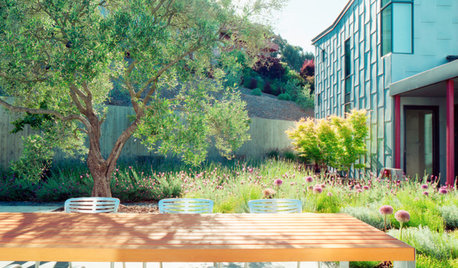
LANDSCAPE DESIGNGardening for Happy Kids
Foster creativity, self-esteem and more by designing your landscape with a sense of discovery
Full Story
FLOORSWhat's the Right Wood Floor Installation for You?
Straight, diagonal, chevron, parquet and more. See which floor design is best for your space
Full Story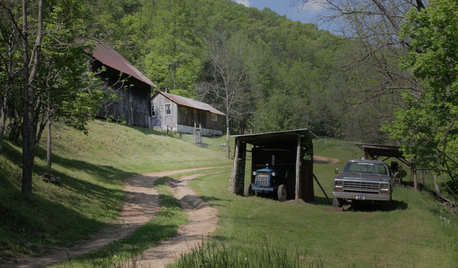
TASTEMAKERSNew Series to Give a Glimpse of Life ‘Unplugged’
See what happens when city dwellers relocate to off-the-grid homes in a new show premiering July 29. Tell us: Could you pack up urban life?
Full Story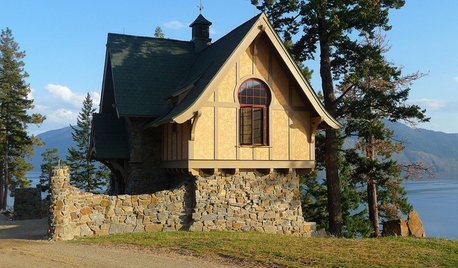
ARCHITECTUREHow to Design a Storybook Cottage
A client’s request: “Build me a house where Disney meets Tudor.” The architect explores the details that make the style
Full Story
MOST POPULARHow Much Room Do You Need for a Kitchen Island?
Installing an island can enhance your kitchen in many ways, and with good planning, even smaller kitchens can benefit
Full Story





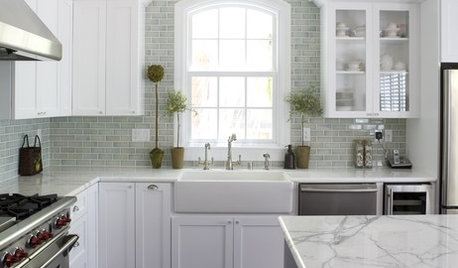
kaitain4
gardengal48 (PNW Z8/9)
Related Professionals
Elwood Landscape Architects & Landscape Designers · Horsham Landscape Architects & Landscape Designers · Beachwood Landscape Contractors · Bound Brook Landscape Contractors · Dedham Landscape Contractors · Mashpee Landscape Contractors · Middle River Landscape Contractors · Paramount Landscape Contractors · Reedley Landscape Contractors · Wayland Landscape Contractors · Annapolis Fence Contractors · Canby Fence Contractors · Monrovia Fence Contractors · Redondo Beach Fence Contractors · West Bend Fence Contractorskaitain4
Embothrium
gardengal48 (PNW Z8/9)
kaitain4
Embothrium
botann
fishoifcOriginal Author
kaitain4
arktrees
gardengal48 (PNW Z8/9)
schmoo
kaitain4
Embothrium
kaitain4
Embothrium
Toronado3800 Zone 6 St Louis